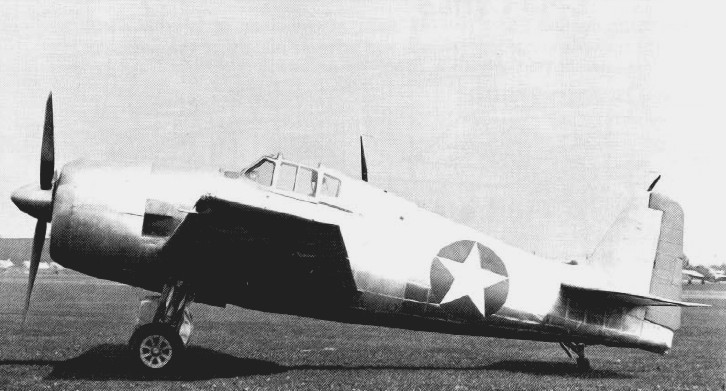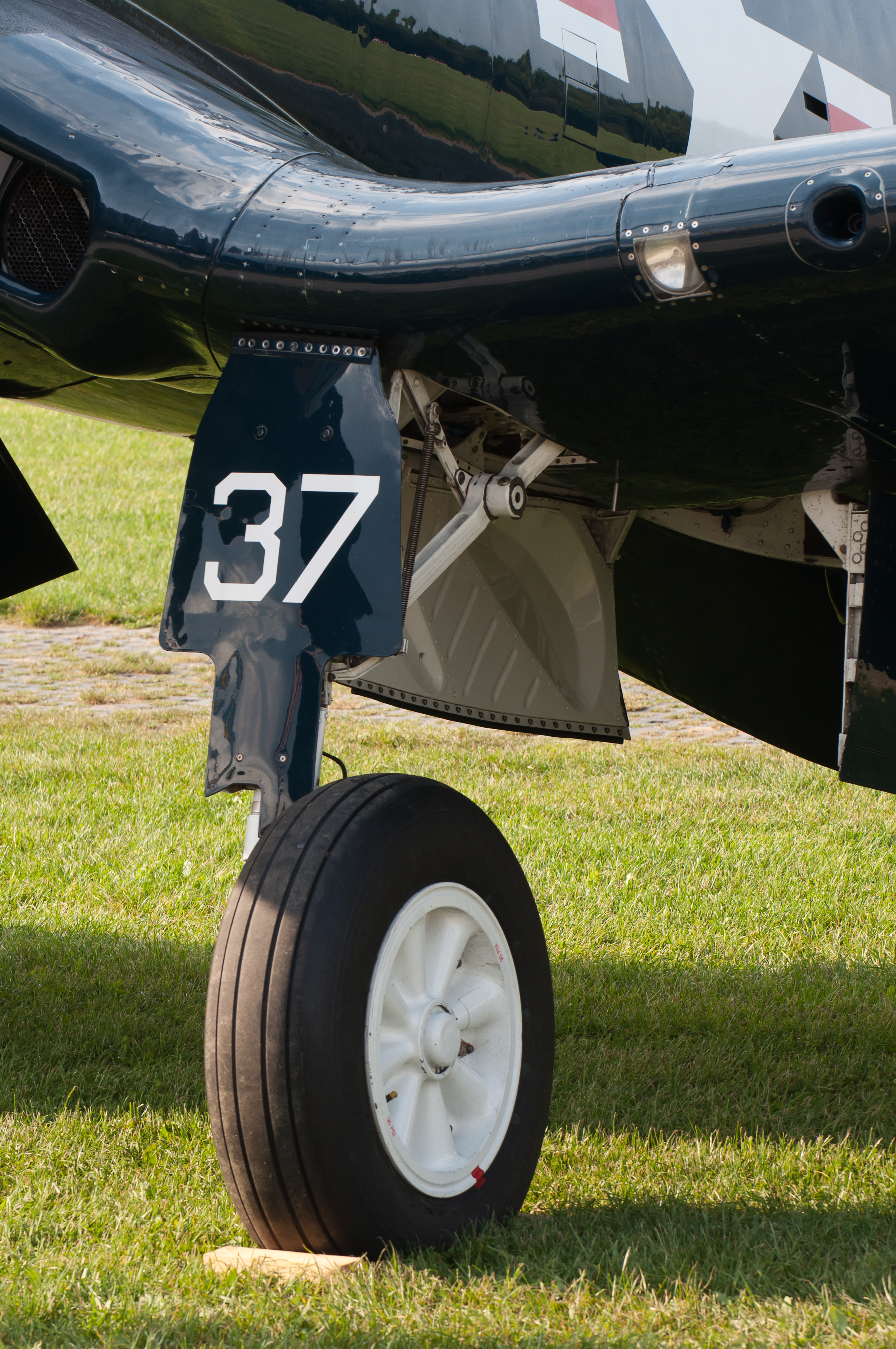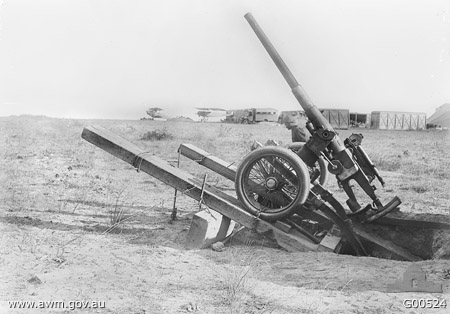|
French Aircraft Carrier Arromanches (R95)
''Arromanches'' (R95) was an aircraft carrier of the French Navy, which served from 1946 to 1974. She was previously HMS ''Colossus'' (15) of the Royal Navy. She was the name-ship of the ''Colossus'' class of light carriers. She was commissioned in 1944, but did not see any action in World War II. She served with the British Pacific Fleet in 1945–46, as an aircraft transport and repatriation ship. In 1946, she was loaned to the French Navy, and renamed ''Arromanches''; she was bought by the French in 1951. ''Arromanches'' participated in the First Indochina War in three campaigns from 1948 to 1954, and the Suez Crisis of 1956. In 1968 she was converted to an anti-submarine warfare (ASW) carrier. She was decommissioned in 1974, and broken up in 1978. Design and construction The ''Colossus'' class was designed to meet the Royal Navy's wartime need for more carriers as cheaply as possible. They were built to mercantile standards, with no armour, no heavy AA guns, and only ... [...More Info...] [...Related Items...] OR: [Wikipedia] [Google] [Baidu] |
Arromanches-les-Bains
Arromanches-les-Bains (; or simply Arromanches) is a Communes of France, commune in the Calvados (department), Calvados Departments of France, department in the Normandy (administrative region), Normandy Regions of France, region of north-western France. The inhabitants of the commune are known as ''Arromanchais'' or ''Arromanchaises''. Geography Arromanches-les-Bains is 12 km north-east of Bayeux and 10 km west of Courseulles-sur-Mer on the coast where the Normandy Landings, Normandy landings took place on D-Day, 6 June 1944. Access to the commune is by the D514 road from Tracy-sur-Mer in the west passing through the town and continuing to Saint-Côme-de-Fresné in the east. The D87 road also goes from the town south to Ryes. The D65 road goes east to Meuvaines. About a third of the commune is the urban area of the town with the rest farmland. History Arromanches is remembered as a historic place of the Normandy landings and in particular as the place where a Mulberr ... [...More Info...] [...Related Items...] OR: [Wikipedia] [Google] [Baidu] |
Ship Commissioning
Ship commissioning is the act or ceremony of placing a ship in active service and may be regarded as a particular application of the general concepts and practices of project commissioning. The term is most commonly applied to placing a warship in active duty with its country's military forces. The ceremonies involved are often rooted in centuries-old naval tradition. Ship naming and launching endow a ship hull with her identity, but many milestones remain before she is completed and considered ready to be designated a commissioned ship. The engineering plant, weapon and electronic systems, galley, and other equipment required to transform the new hull into an operating and habitable warship are installed and tested. The prospective commanding officer, ship's officers, the petty officers, and seamen who will form the crew report for training and familiarization with their new ship. Before commissioning, the new ship undergoes sea trials to identify any deficiencies needing corre ... [...More Info...] [...Related Items...] OR: [Wikipedia] [Google] [Baidu] |
Curtiss SB2C-5 Helldiver
The Curtiss SB2C Helldiver is a dive bomber developed by Curtiss-Wright during World War II. As a carrier-based bomber with the United States Navy (USN), in Pacific theaters, it supplemented and replaced the Douglas SBD Dauntless. A few survivors are extant. Initially poor handling characteristics and late modifications caused lengthy delays to production and deployment, to the extent that it was investigated by the Truman Committee, which turned in a scathing report. This contributed to the decline of Curtiss as a company. Neither pilots nor aircraft carrier skippers seemed to like it.Ethell 1995, p. 221. Nevertheless, the type was faster than the Dauntless, and by the end of the Pacific War, the Helldiver had become the main dive bomber and attack aircraft on USN carriers.Ethell 1995, p. 221. By the time a land-based variant, known as the A-25 Shrike, became available in late 1943, the Western Allied air forces had abandoned dedicated dive-bombers. A majority of A-25s deliv ... [...More Info...] [...Related Items...] OR: [Wikipedia] [Google] [Baidu] |
Fouga CM-175 Zéphyr
Fouga (also known as Air Fouga) was a French manufacturing company established by Gaston Fouga at Béziers during 1920. Originally specialising in the repair of railway rolling stock, the firm eventually became most noted for the aircraft it produced from its woodworking facilities at Aire-sur-l'Adour. The most successful product to be created by Fouga was the CM.170 Magister, a postwar jet-powered military trainer aircraft derived from the firm's experiences with sailplanes. Many of its features, such as its slender tapering wings, reflecting the company's sailplane heritage. During May 1958, Fouga was acquired by rival French aircraft manufacturer Potez; the company's former facilities at Toulouse continue to produce aircraft as a part of the multinational Airbus Group. History During 1920, the company was established by Gaston Fouga; from the onset, it was based at the town of Béziers in the Occitanie region of Southern France. Initially, Fouga's operated centred ar ... [...More Info...] [...Related Items...] OR: [Wikipedia] [Google] [Baidu] |
Grumman F6F-5 Hellcat
The Grumman F6F Hellcat is an American carrier-based fighter aircraft of World War II. Designed to replace the earlier F4F Wildcat and to counter the Japanese Mitsubishi A6M Zero, it was the United States Navy's dominant fighter in the second half of the Pacific War. In gaining that role, it prevailed over its faster competitor, the Vought F4U Corsair, which initially had problems with visibility and carrier landings. Powered by a Pratt & Whitney R-2800 Double Wasp, the same powerplant used for both the Corsair and the United States Army Air Forces (USAAF) Republic P-47 Thunderbolt fighters, the F6F was an entirely new design, but it still resembled the Wildcat in many ways. Some military observers tagged the Hellcat as the "Wildcat's big brother".Sullivan 1979, p. 4. The F6F made its combat debut in September 1943. It subsequently established itself as a rugged, well-designed carrier fighter, which was able to outperform the A6M Zero and help secure air superiority over t ... [...More Info...] [...Related Items...] OR: [Wikipedia] [Google] [Baidu] |
Vought F4U-7 Corsair
The Vought F4U Corsair is an American fighter aircraft which saw service primarily in World War II and the Korean War. Designed and initially manufactured by Chance Vought, the Corsair was soon in great demand; additional production contracts were given to Goodyear, whose Corsairs were designated FG, and Brewster, designated F3A. The Corsair was designed and operated as a carrier-based aircraft, and entered service in large numbers with the U.S. Navy in late 1944 and early 1945. It quickly became one of the most capable carrier-based fighter-bombers of World War II. Some Japanese pilots regarded it as the most formidable American fighter of World War II and its naval aviators achieved an 11:1 kill ratio. Early problems with carrier landings and logistics led to it being eclipsed as the dominant carrier-based fighter by the Grumman F6F Hellcat, powered by the same Double Wasp engine first flown on the Corsair's initial prototype in 1940. Instead, the Corsair's early deploym ... [...More Info...] [...Related Items...] OR: [Wikipedia] [Google] [Baidu] |
Breguet Br-1050 Alizé
Breguet or Bréguet may refer to: * Breguet (watch), watch manufacturer ** Abraham-Louis Breguet (1747–1823), Swiss watchmaker ** Louis-François-Clement Breguet (1804–1883), French physicist, watchmaker, electrical and telegraph work * Bréguet Aviation, a defunct French aircraft manufacturer ** Louis Charles Bréguet (1880–1955), French airplane designer * Breguet School, now known as École supérieure d'ingénieurs en électronique et électrotechnique (ESIEE) {{disambiguation ... [...More Info...] [...Related Items...] OR: [Wikipedia] [Google] [Baidu] |
Ordnance QF 3-pounder Vickers
The Ordnance QF 3-pounder Vickers (47 mm / L50) was a British artillery piece first tested in Britain in 1903. It was used on Royal Navy warships. It was more powerful than and unrelated to the older QF 3-pounder Hotchkiss, with a propellant charge approximately twice as large, but it initially fired the same Lyddite and steel shells as the Hotchkiss.Treatise on ammunition 10th Edition 1915. War Office, UK. Page 404 Development Starting in 1904, the Royal Navy bought over 154 of these for use as anti-torpedo boat weapons on capital ships and to arm smaller ships. British production of these guns started in 1905 at Vickers and by the time production stopped in 1936 a total of 600 weapons had been made. Royal Navy use By 1911 about 193 guns of this type were in service, and they became standard equipment in the Royal Navy until 1915. In that year, service during the First World War proved these weapons to be ineffective and they were quickly removed from most of the la ... [...More Info...] [...Related Items...] OR: [Wikipedia] [Google] [Baidu] |
Bofors 40 Mm Automatic Gun L/60
The Bofors 40 mm Automatic Gun L/60 (often referred to simply as the "Bofors 40 mm gun", the "Bofors gun" and the like, see name) is an anti-aircraft autocannon, designed in the 1930s by the Swedish arms manufacturer AB Bofors. The gun was designed as an intermediate anti-aircraft gun, filling the gap between fast firing close-range small calibre anti-aircraft guns and slower firing long-range high calibre anti-aircraft guns, a role which previously was filled by older outdated guns. The Bofors 40 mm L/60 was for its time perfectly suited for this role and outperformed competing designs in the years leading up to World War II in both effectiveness and reliability. It entered the export market around 1932 and was in service with 18 countries by 1939. Throughout World War II it became one of the most popular and widespread medium-weight anti-aircraft guns. It was used by the majority of the western Allies and some Axis powers such as Nazi Germany and Hungary. In the pos ... [...More Info...] [...Related Items...] OR: [Wikipedia] [Google] [Baidu] |
Oerlikon 20 Mm Cannon
The Oerlikon 20 mm cannon is a series of autocannons, based on an original German Becker Type M2 20 mm cannon design that appeared very early in World War I. It was widely produced by Oerlikon Contraves and others, with various models employed by both Allied and Axis forces during World War II. Many versions of the cannon are still used today. Blowback-operated models History Origins During World War I, the German industrialist Reinhold Becker developed a 20 mm caliber cannon, known now as the 20 mm Becker using the advanced primer ignition blowback (API blowback) method of operation. This used a 20×70mmRB cartridge and had a cyclic rate of fire of 300 rpm. It was used on a limited scale as an aircraft gun on ''Luftstreitkräfte'' warplanes, and an anti-aircraft gun towards the end of that war. Because the Treaty of Versailles banned further production of such weapons in Germany, the patents and design works were transferred in 1919 to the Swiss firm SEMAG (''Seeba ... [...More Info...] [...Related Items...] OR: [Wikipedia] [Google] [Baidu] |
QF 2-pounder Mark VI
The 2-pounder gun, officially the QF 2-pounder ( QF denoting "quick firing") and universally known as the pom-pom, was a British autocannon, used as an anti-aircraft gun by the Royal Navy.British military of the period traditionally denoted smaller guns in terms of the approximate weight of the standard projectile, rather than by its bore diameter, which in this case was 40 mm. References to 40-mm anti-aircraft guns invariably mean the Bofors gun, while references to 2-pounder anti-aircraft guns mean this gun. The name came from the sound that the original models make when firing. This QF 2-pounder was not the same gun as the Ordnance QF 2-pounder, used by the British Army as an anti-tank gun and a tank gun, although they both fired , projectiles. Predecessors - Boer War and the Great War QF 1 pounder The first gun to be called a pom-pom was the 37 mm Nordenfelt-Maxim or "QF 1-pounder" introduced during the Second Boer War, the smallest artillery piece of that war. It fire ... [...More Info...] [...Related Items...] OR: [Wikipedia] [Google] [Baidu] |


_underway_2009.jpg)







